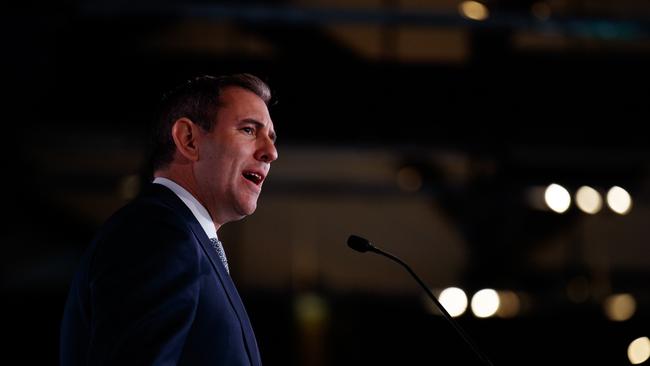Future prosperity starts with lifting our productivity


That’s particularly concerning in today’s environment because, as RBA governor Michele Bullock has rightly pointed out, growing productivity is a prerequisite for lowering inflation. Lagging productivity is the thief in the night stealing more and more out of our pockets as years go by. To understand why, it helps to start with what productivity actually means.
Behind the jargon is a simple concept. Productivity growth is getting more from the same time and money invested. It does what some economists have termed “growing the pie”, meaning more to go around for all because, simply put, we are better at what we do.
It’s a myth to say that growing productivity means working harder. It means working smarter. We steadily got better at it historically and reaped the benefits.
In fact, since Federation, almost all our wage rises have been thanks to productivity improvement. You can’t sustainably increase wages without it. If you raise them without getting more productive, those added costs to businesses can simply flow back into the economy as inflation.
To get our national prospects improving we need to grow our productivity at over 2 per cent annually. For the past two decades we’ve been ticking over at just 0.7 per cent a year, and in the past 12 months productivity is up just 0.5 of a per cent.
It doesn’t sound dire, but this decades-long alarm bell has reached fever pitch in the midst of our inflation battle. Indeed, the RBA is banking on “less bad” productivity numbers to support rate cuts next year.
Rather than seeing hope for productivity on the horizon, our own national projections in the 2023 Intergenerational Report lowered our productivity growth expectations to 1.2 per cent, which is still more than double our current annualised rate.
And when doing more with less is the solution to some of the ageing demographic tidal waves we’re facing, we can’t afford to be doing anything but shooting the lights out. I subscribe wholeheartedly to Treasurer Jim Chalmers’ view that we need a healthy dose of optimism in this conversation. As he says, projection is not prophecy. We have the power to change it.
Some of what the government has recently announced is an excellent step in the right direction. The Treasurer’s commitment to a National Productivity Fund is exactly what the Business Council of Australia has been calling for in our advocacy for the past year.
Since much of the red tape and regulation bogging down our productivity exists at state and territory level, and most taxation revenue generated by fixing it will flow to the commonwealth, it makes good financial sense for the Treasurer to incentivise his state and territory counterparts to undertake reforms.

This is a model the business community would like to see expanded. We also consider it useful to expand the “menu” of potential state reforms proposed as eligible.
If we’re aiming for meaningful reform, we can’t ignore payroll tax or stamp duty, for example. They’re a drag on employment and housing affordability, and we should take a national interest approach in helping wean the states off them.
Of course, we also need significant business investment to be part of our productivity fix. We know that tools and technology for workers to do their jobs more efficiently cost money, and so we need to be far more competitive than we are today at winning that investment from around the world.
Sadly, we’re not winning that investment as often as we should. Many global boards are sizing up our market against other comparable opportunities and putting us in the “too hard” basket for a variety of reasons.
You never hear about these decisions publicly, but they’re happening more and more often.
We need to show global capital that Australia is the best place to do business, by cutting through red tape and regulation, building more flexible workplace laws, and reforming our tax system to be more efficient. We need to double down on our highly skilled workforce through our education system and greater support for research and development.
We must not continue down the path of recent business-crushing industrial relations policy such as the Closing Loopholes legislation. This was a startling example of economic self-harm that we cannot responsibly brush under the carpet.

Indeed, the government’s reforms to workplace relations legislation will do the opposite of what we require, by re-regulating and removing flexibility. As the BCA has always advocated, the best outcomes are achieved through voluntary agreements at the enterprise level decided between employers and employees – not the forced arrangements we are now seeing, which take us back to the adversarial union battles of the 1970s and 1980s.
Only once businesses are willing and confident to invest can we foster the kind of innovation, research and ingenuity that allows us to do more with what we have and lift all Australians’ lives.
As Nobel prize-winner Paul Krugman said, productivity may not be everything, but in the long run it’s almost everything. There are “no free lunches” and we must be able to produce more with what we have if we are to sustain growing wages and national prosperity.
Bran Black is chief executive of the Business Council of Australia.






Australia has a big problem hiding behind a deceptively boring name: “productivity growth”. If we don’t fix it, our quality of life stagnates – and, worst of all, our institutions and experts are projecting that’s exactly what’s in store.